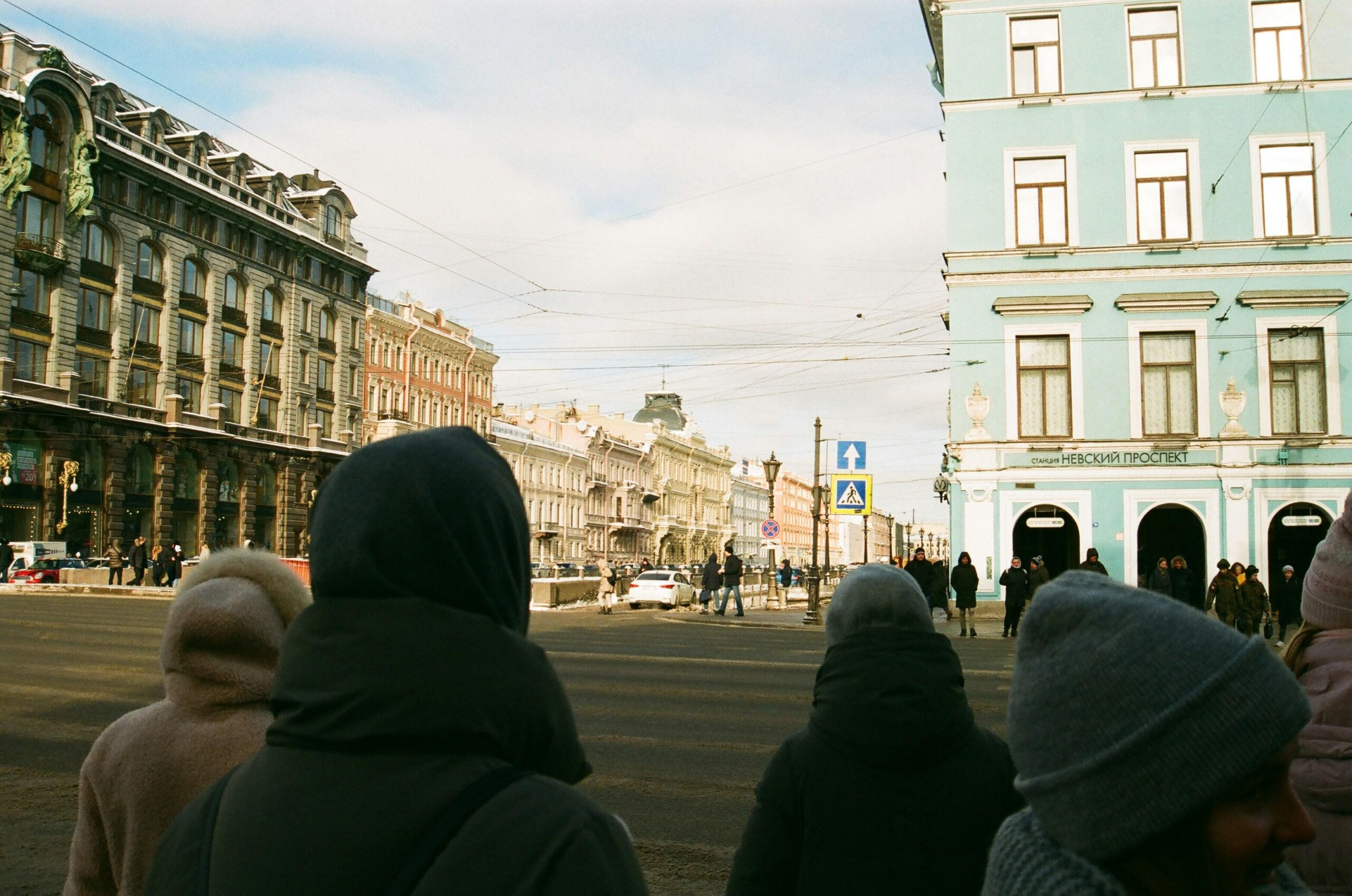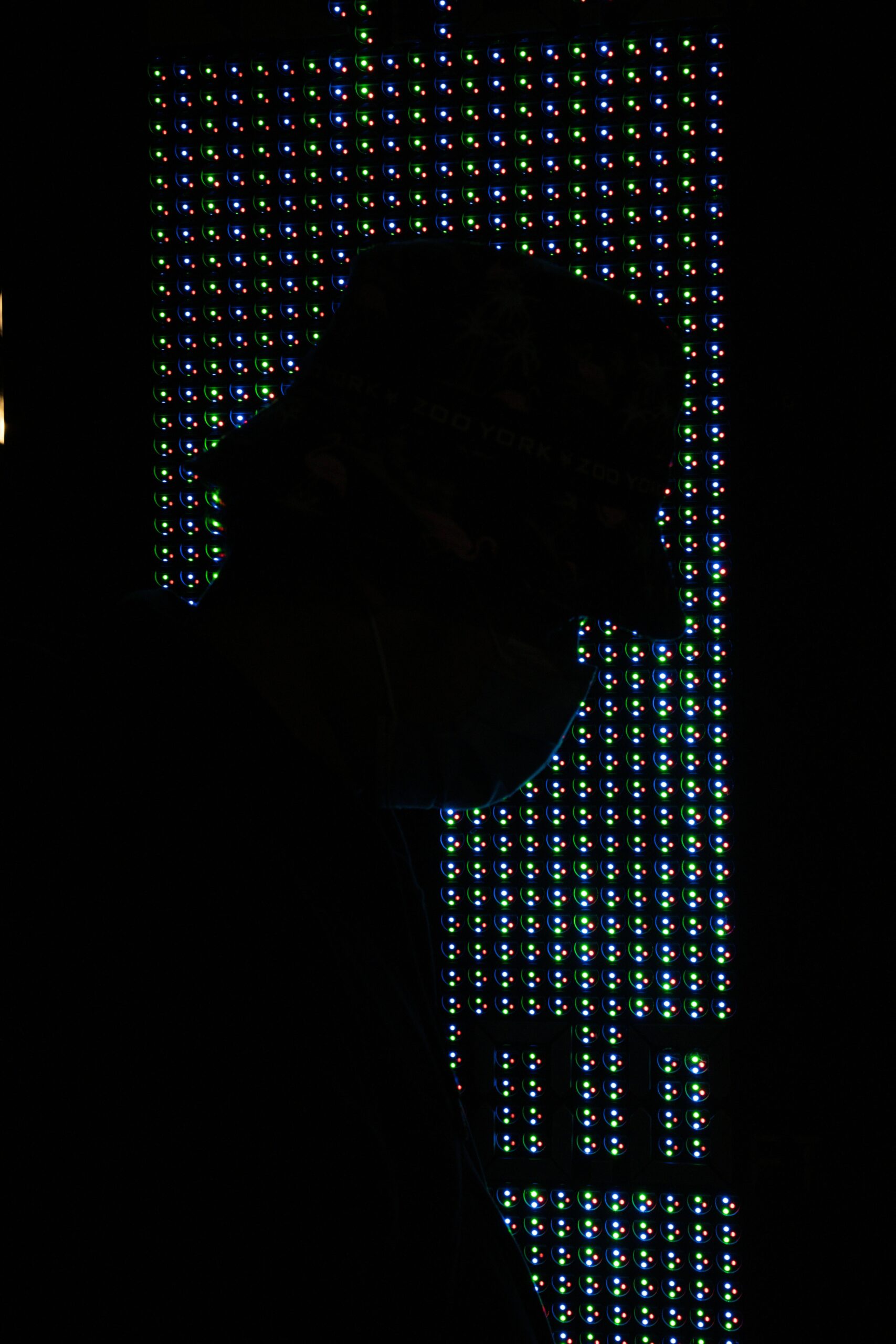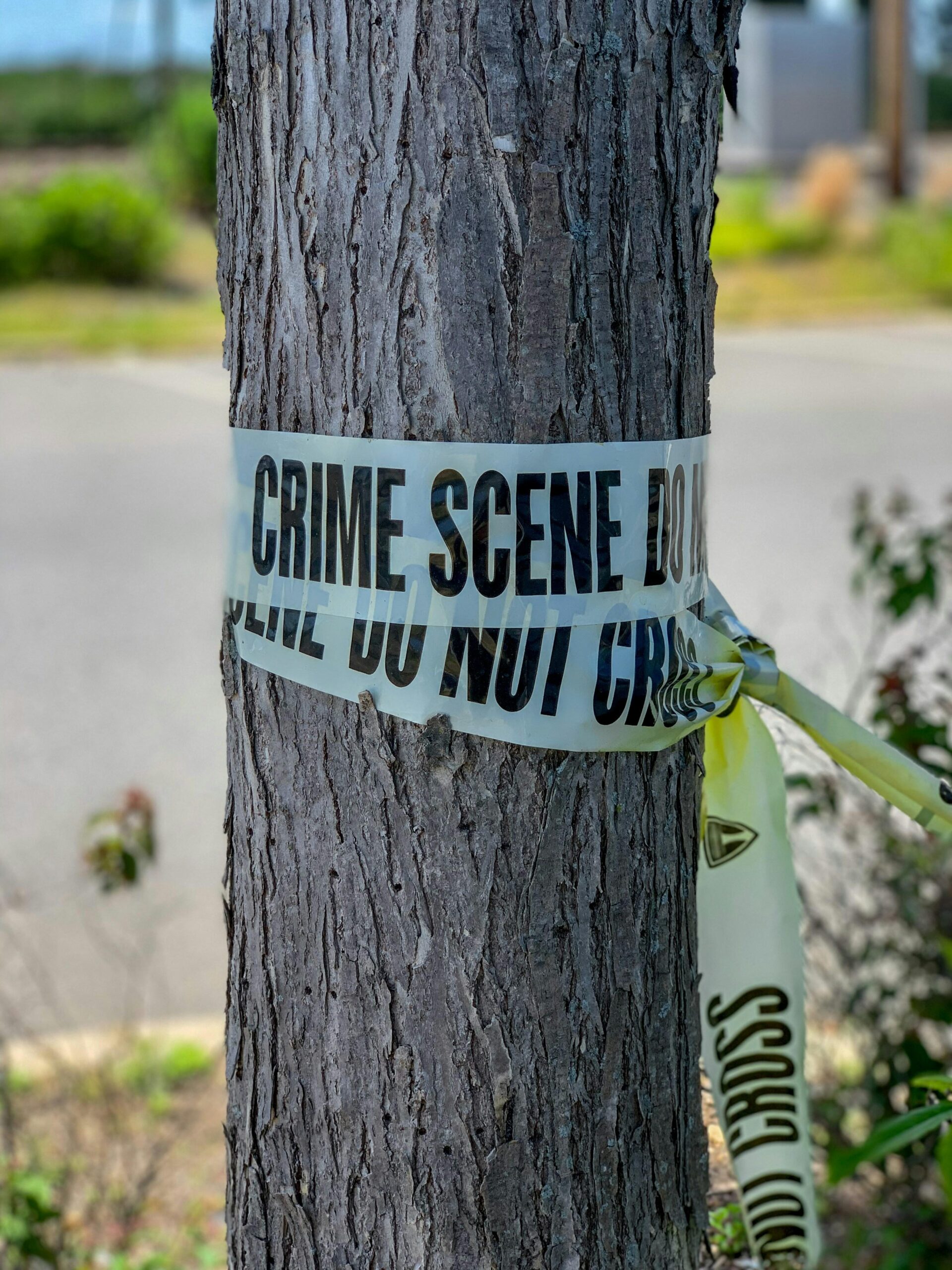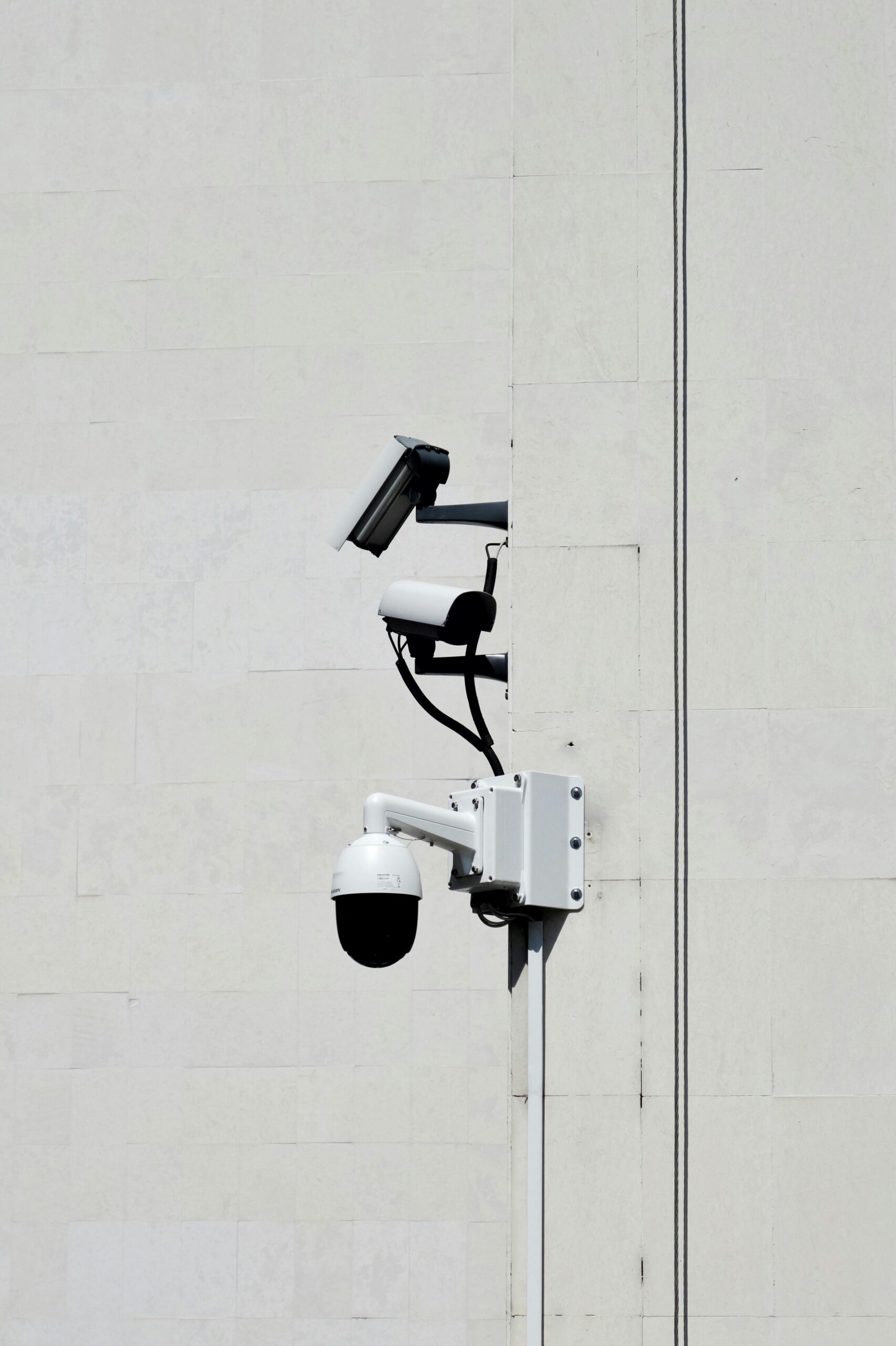Few figures in modern history capture the wild intersection of ambition, crime, and power quite like Pablo Escobar. But how did a young man from Medellín transform into the ruthless kingpin at the helm of one of the most notorious drug empires the world has ever seen? In this deep dive, we’ll explore the early days that shaped Escobar’s rise and uncover the origins of the Medellín Cartel—a story fueled by daring, danger, and a determination that changed Colombia forever. Ready to peel back the layers of one of history’s most captivating criminal sagas? Let’s get curious.
Table of Contents
- The Humble Beginnings That Sparked a Drug Empire
- How Violence and Strategy Fueled Medellín’s Power Surge
- The Role of Corruption and Fear in Cementing Control
- Lessons from Escobar’s Reign for Modern Crime Prevention
- Closing Remarks
The Humble Beginnings That Sparked a Drug Empire
In the dusty streets of Medellín, a young Pablo Escobar first honed his skills in petty crime, weaving together a network fueled by ambition and an uncanny ability to read people. What began as small-time contraband and minor thefts soon evolved into an intricate web of smuggling operations, signaling the dawn of a new kind of enterprise. Escobar’s sharp mind and ruthless determination allowed him to capitalize on Colombia’s strategic position, turning basic trade routes into pipelines for far more profitable—yet illicit—goods.
Behind this transformation were a handful of key factors that set the foundation for what would become one of the most notorious drug cartels in history:
- Local connections: Tapping into existing political and social networks to shield operations from law enforcement.
- Innovative smuggling techniques: Utilizing hidden compartments in trucks and planes, and even developing underground tunnels.
- Community ties: Leveraging influence by investing in neighborhoods and gaining the loyalty of residents.
These early moves were critical, providing not only the financial fuel but also the protective cover necessary for Escobar to build his empire from the ground up.
How Violence and Strategy Fueled Medellín’s Power Surge
Medellín’s overwhelming force in the drug trade was no accident; it was a calculated blend of ruthless violence and brilliant strategy. At the core of this power surge was a willingness to use brutality as currency—striking fear into rivals, law enforcement, and even civilians. Gunmen, known as sicarios, became the backbone of the cartel’s enforcement arm, executing hits with chilling precision. This reign of terror wasn’t chaos but a carefully orchestrated method to eliminate competition and create a near-impenetrable network for smuggling cocaine.
But raw violence alone couldn’t have built such a vast empire. Behind the scenes, there was a masterclass in strategy: forming key alliances with corrupt politicians, police, and even guerrilla groups. The cartel’s leadership understood the value of influence, weaving a complex web of bribery and intimidation that rendered opposition ineffective. Their operational tactics included:
- Diversifying smuggling routes to evade detection and maintain supply lines.
- Investing in local communities to build loyalty and protect their operations.
- Leveraging media and propaganda to craft a Robin Hood-like image that masked their cruelty.
The Role of Corruption and Fear in Cementing Control
At the heart of the Medellín Cartel’s dominance was a calculated blend of corruption and terror that transformed the city into Escobar’s playground. Bribery was not just a tactic but an institution; judges, police officers, and politicians found themselves ensnared by vast sums of money, ensuring that enforcement mechanisms crumbled before Escobar’s empire. This systematic erosion of justice was anchored in the unwavering silence or active complicity of those who once vowed to uphold the law. Corruption became the silent partner, lubricating the machinery of illegal operations and shielding the cartel from scrutiny.
However, money alone was insufficient to command unwavering loyalty. Fear was wielded with ruthless precision — a language spoken through violence, assassinations, and public displays of power. The cartel’s notorious “extermination squads” served as grim reminders of the consequences of defiance. Victims ranged from political adversaries to innocent civilians, illustrating an unsettling message: no one was beyond reach. This climate of terror ensured compliance and deterred rebellion, creating a chilling ecosystem where:
- Neighbors turned a blind eye
- Rivals quickly vanished
- Whispers of resistance were silenced
All under the umbrella of Escobar’s iron-fisted control.
Lessons from Escobar’s Reign for Modern Crime Prevention
One of the most striking takeaways from Escobar’s empire is the undeniable power of community influence. Unlike many purely violent criminal ventures, Escobar invested heavily in his local neighborhoods, funding schools, housing, and public amenities. This strategy, while built on illicit earnings, created a social safety net that garnered him loyalty and protection from local residents. Modern crime prevention efforts can draw from this by understanding that addressing root causes like poverty and social exclusion is essential. When communities feel supported and valued, they are less likely to turn to or tolerate criminal behavior.
Another important lesson lies in the way Escobar exploited the weaknesses of the state, combining corruption, intimidation, and strategic violence. His ability to manipulate political and law enforcement systems highlights the need for modern crime prevention to focus on:
- Strengthening institutional transparency through technology and community watchdogs
- Building resilient legal frameworks that resist bribery and coercion
- Fostering collaboration between local communities and law enforcement
This holistic approach could dismantle the kind of power structures that allowed criminal networks to flourish unchecked during Escobar’s reign.
Closing Remarks
As we peel back the layers of Pablo Escobar’s meteoric rise and the birth of the Medellín Cartel, it becomes clear that this chapter in history is far more than a crime story—it’s a complex portrait of ambition, power, and the shadows that come with unchecked influence. Understanding Escobar’s world helps us grasp the deeper forces that shaped not just Colombia, but the global landscape of the drug trade. There’s still so much to uncover about how one man’s vision sparked a violent empire, and why its echoes are felt even today. Stay curious, because the story of the Medellín Cartel is anything but over.












